Small township of Sul Glane Oradour in France showed a very terrible state conditions.
During World War II, 642 residents were massacred by German soldiers as a form of retaliation for the French to the treatment time. Germany at that time actually intend to attack the area near Sul Glane Oradour but finally they attacked the small village on June 10, 1944.
According to the testimony of those who survived, male residents are being entered into a warehouse and German soldiers opened fire on their feet so that eventually they die slowly.
Women and children are being entered into the church, eventually all the dead were shot when they tried to get out of the church.
Villages are completely destroyed the German army at that time. And until now the ruins of villages are still standing and witness how cruel events that occurred at that time.
The historic Hegmataneh or Ecbatana is located within the boundaries of the modern city of Hamedan and covers an area of 30 hectares. Hegmataneh in historic classical sources had named as the capital of the first Iranian dynastic empire, the Medes (728-550 BCE). It later became one of the main seats of their successors, the Achaemenid dynasty (550-330 BCE), though Persepolis near Shiraz was considered the centre of the throne, Ecbatana was considered a strategic place. The city continued to kept its' importance during the following dynasties, the Parthians (248 BCE-224 CE) and Sasanids (224-651 CE).
Hegmataneh Ensemble consists of a unique collection of historical ruins and a valuable archeological site. A complex collection of congested urban constructions including towers (citadel of the old city) unique urban architecture like a chess board developed system of water pipelines and roads and the pavements as well as a great number of houses rather than single deserted buildings. There exist remains belong to six different historical periods and a peculiar ensemble belongs to the Christians of Iran.
There is a museum adjacent to the site, showing a collection of ancient elements explored there.
It is not the most welcoming place on Earth. But even in the Arctic you can find a friendly face willing to show you around.
These remarkable pictures show how beluga whales help human visitors to swim under the thick ice.
When dive teams drill through the frozen surface of the White Sea off the north-west coast of Russia, they are greeted by grinning belugas.
Under the water two belugas lead a diver by delicately taking his hands in their mouths and pulling him through the icy darkness.
Photographer Andrey Nekasov, 38, from Odessa, Ukraine, visited the White Sea - off the Barents sea on the north-west coast of Russia - which is popular for spotting pods of the all-white swimming mammals.
Some of the whales in the area were formerly captive but reintroduced to the wild after being rehabilitated.
Curious by nature, the whales greet dive teams as they cut dive holes into the thick Arctic ice by popping their heads out.
Once underwater, divers often get to play games with the whales as they explore and seemingly show off to their guests.
'The White Sea is a whale sanctuary and belugas have been released here from zoos and marine parks,' Mr Nekasov said. 'They are breeding well and there are many babies.'
Belugas have 40 small conical teeth which they use to grasp fish.
The photographer added: 'With this diver they were gripping his hand very gently and pulling him along. It was a lot of fun.
'The whales are really interested in what's going on around them and they use their mouths a lot to feel things.'
Andrey and the team travelled to the dive area on a snow mobile.
Organisers from the Arctic Circle Dive Centre cut holes in the ice using hand-powered drills call borers.
After removing the huge slabs of thick ice, divers are submerged on a rope and swim at depths of around five metres below the surface.
Andrey added: 'Diving with the belugas is really popular because they are so friendly. When we are preparing to dive they pop their heads out and watch everyone getting ready.
'It's like they are beckoning you in to come and play.'
Last month, Russia endured the hottest July ever recorded since records began 130 years ago. The intense heat and drought affecting central Russia has been drying out trees and peat marshes, which have been catching fire recently, burning forests, fields and houses across a massive region. Some 500 new fires have been reported in the last 24 hours alone, and a mobilization of hundreds of thousands of emergency workers is underway to combat them. President Dmitry Medvedev has now declared a state of emergency in seven regions. To date, over 1,500 homes have been destroyed and 40 lives have been lost. as wildfires continue across over 300,000 acres.
There are groups of people that focus on urban knitting such as Yarn Bombing DIY, Urban Knitting and Guerilla Knitting. Their art form is kind of like graffiti but instead of spray cans these use yarn and sewing materials. The knitters mark trees, street polls, and other objects in a bright and colorful manner.
1. King Bhumibol Adulyadej, Thailand
Fortune: $30 billion (unchanged)
Age: 82
World's longest-reigning monarch battled personal health crisis, political unrest. Highly revered King was hospitalized last year with reported lung infection. Meanwhile political protests and government backlash became violent, disrupting the stock market (its stock exchange building suffered fire damage amid rioting) and scaring off both investors and tourists. U.S.-born, Swiss-educated ruler has not stepped into this fray. Monarch's assets, held under the Crown Property Bureau and composed mainly of public investments and real estate, held up thanks to prior year's upswing. But continuing turmoil may eventually take its toll.
2. Sultan Haji Hassanal Bolkiah, Brunei
Fortune: $20 billion (unchanged)
Age: 63
Sultan is divorcing his third wife; remains married to first wife and mother of eventual successor, Prince Al-Muhtadee Bilah Bolkiah. He and Brunei weathered global recession with conservative economic policies and currency pegged to Singapore's. But oil production is slowing; reserves are expected to last only 25 years. Trying to diversify economy. Sultan continues to spend lavishly: reportedly purchased 48 handbags, 24 "duck" umbrellas from Lederer de Paris shop in New York recently. Case against brother Prince Jefri, accused of pilfering $15 billion from sultanate, remains in courts.
3. King Abdullah bin Abul Aziz, Saudi Arabia
Fortune: $18 billion (up)
Age: 86
Managed to steer Saudi Arabia through the global recession with government spending and high oil production; the country is projected to record 4% growth this year. King's fortune up as a result. This year hosted the 12th annual Gulf Cooperation Council attended by fellow royals from Qatar, Kuwait and Dubai. Known for trying to lighten up his Kingdom's strict religious laws; recently fired a cleric for criticizing a new co-ed university that is set to open in Saudi Arabia.
Animals like humans like to play games, listen to music, sing, dance, behave like people… And when they are caught at the right moment we got amazing and very interesting photographs. Check them out!
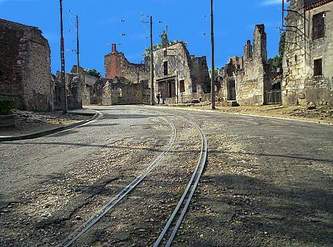


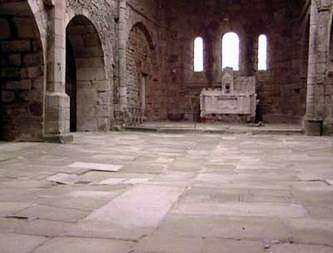


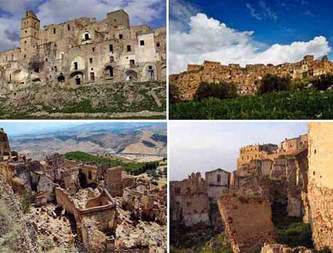
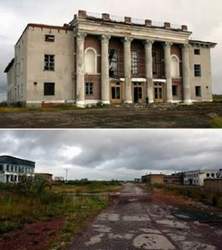
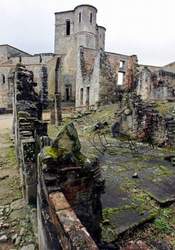











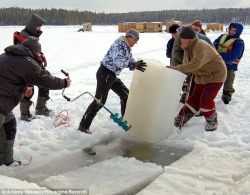













































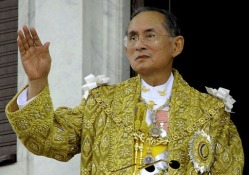

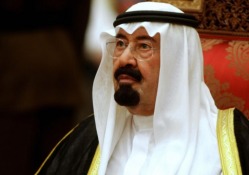


















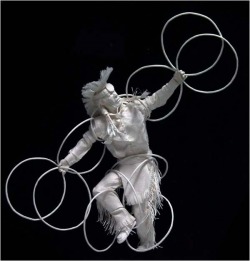
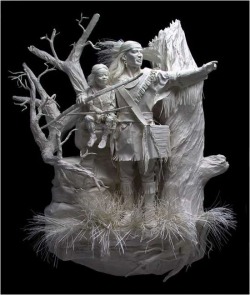

 RSS Feed
RSS Feed